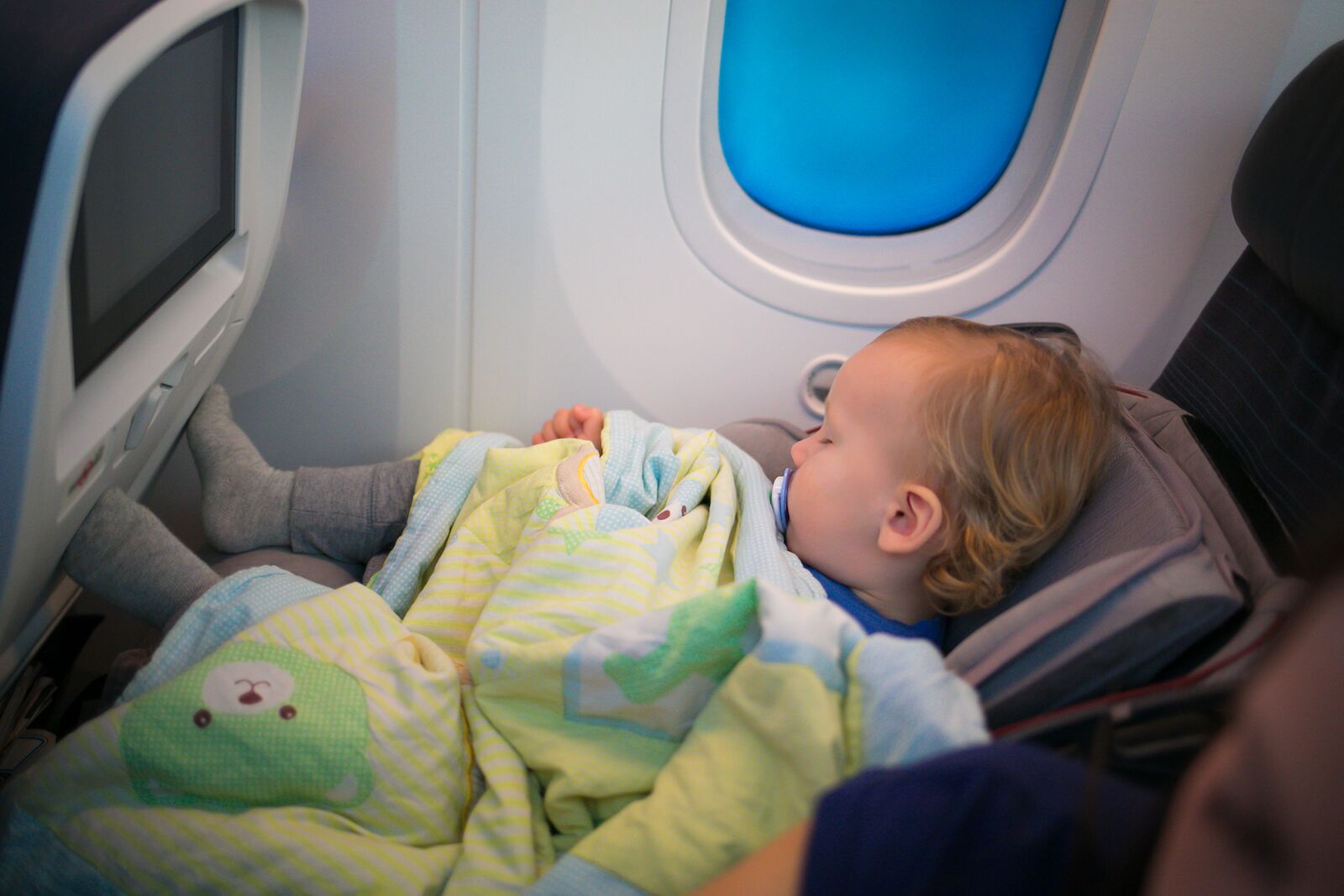Flying with kids can be like flying with a car alarm strapped to your body. You might have a peaceful, quiet flight, or something innocuous might trigger the alarm, resulting in turned heads and annoyed sighs. You can’t always control your child’s behavior on a flight, but there’s one thing you do have control over: the car seat. Though it might be a hassle to pack a car seat and carry it through the airport, it’s often a necessity when flying with kids. Your child might not be too young to travel, but they might be too young to fly without the safety offered by a car seat, making it an essential travel accessory for families.
Here’s what you need to know about traveling with an airplane car seat, according to experts who know it best.

